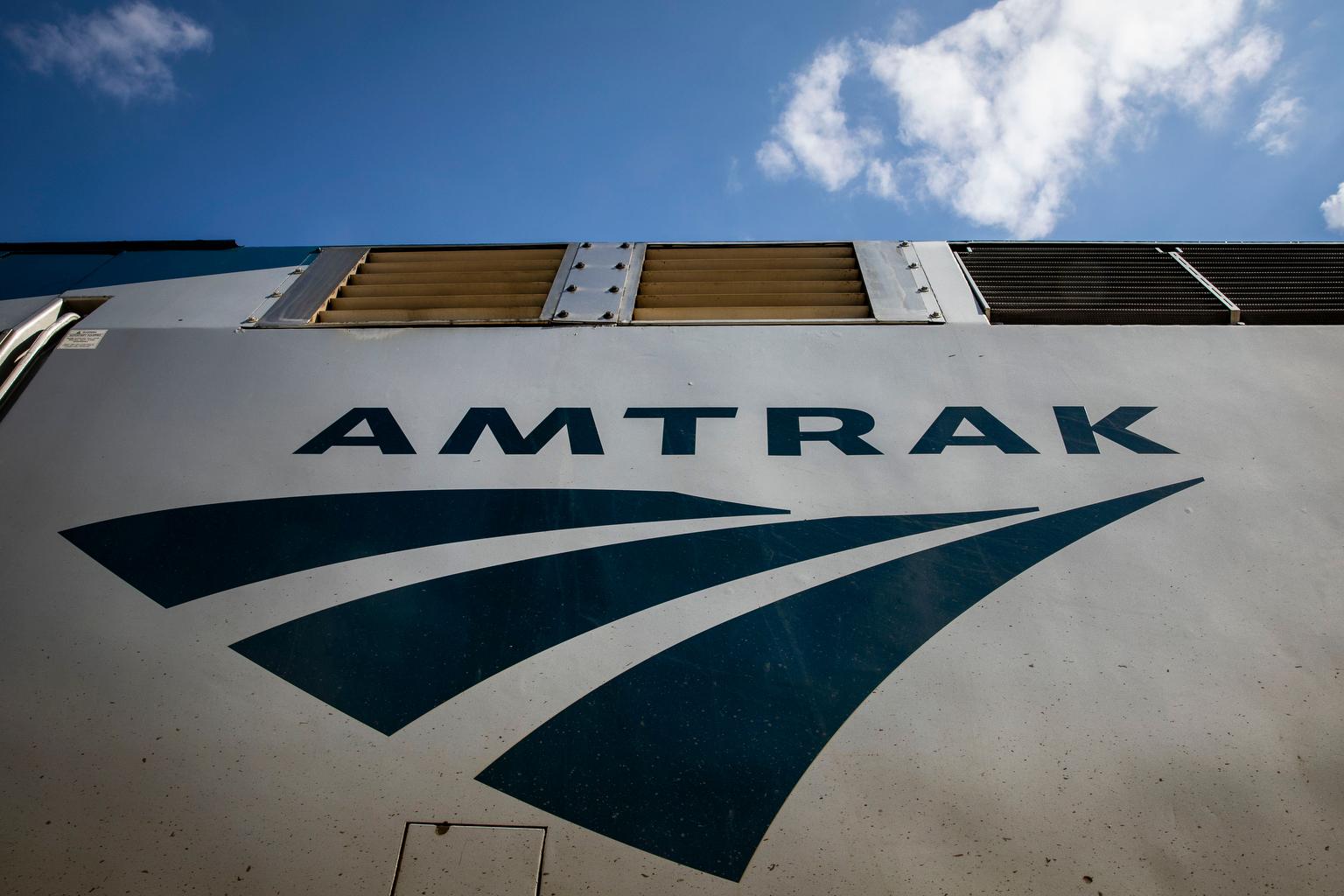
Due to a decline in ridership during the ongoing pandemic, Amtrak has cut most of its daily long-distance train services to three days a week.
This includes the Southwest Chief, which travels through southern Colorado, and the California Zephyr, which runs through Denver and the northern mountains.
Both have multiple stops in Colorado. These reductions in service could result in economic losses totaling more than an estimated $72 million across the state, according to research done by the Rail Passengers Association and Transportation for America.
La Junta city manager Rick Klein said in normal times, thousands of kids will spend the night in his town to see the sights.
“The Boy Scouts come through on the Southwest Chief and they go down into New Mexico to the Philmont Scout camp. Now they're canceling out,” he said.
That’s hard on businesses in La Junta and Raton, New Mexico.
“They depend on the scouts coming in and that's not gonna happen,” Klein said.
This year is far from normal.
It’s not just the scouts who aren’t coming through on the train. All Amtrak ridership has plummeted during the pandemic. But long-distance train travel was rebounding, said Jim Mathews of the Rail Passengers Association, even though passenger capacity was capped at 50 percent to allow for social distancing. He said the new service cuts spell more trouble for towns like La Junta and Raton.
“The existence of Amtrak buoys the economies of hundreds of towns and cities all across America and degrading that service means withdrawing those benefits for millions of Americans, even those who don't necessarily ride the trains themselves, because many lives and livelihoods depend on the route's operation,” Mathews said.
Some train advocates like Jim Souby of the Colorado Rail Passenger Association worry that reducing the service to three days a week could have long term repercussions because it’s harder for passengers to make connections.
“Once those riders are inconvenienced, it takes forever to get them back on board, if ever, and under any circumstances, it takes a long time and a lot of effort to restore ridership,” Souby said.
Amtrak spokesman Marc Magliari said the service cuts are temporary and he believes that ridership will recover when the pandemic goes away and people feel safe traveling again.
“We’re anxious to restore service. We know how important it is to many of these communities and to the country that there is a connected national network with frequent trains that enable people to where they want to go,” Magliari said.
It’s not just local businesses affected by the reduction in service. The jobs of thousands of Amtrak employees could take a hit nationally too.
That includes “conductors, assistant conductors, engineers, onboard service people," Magliari said.
"And we've eliminated several hundred jobs in management too as we're trying to conserve cash and get through this pandemic without any additional Federal support,” he continued.
Whose jobs might be affected won’t be clear for a few weeks.
In La Junta, Klein said there are families with long traditions of working for the railroad.
“We are a crew change. The engineers and some car men, they live right here and their lives have been disrupted by this. They're just hoping and praying that this is temporary,” Klein said.
Klein, the rail advocates and Amtrak all say there’s been bipartisan support in Washington to keep the long-distance services rolling, but delays in a federal relief package and budgeting mean that it’ll be a while before the trains get back to normal again.
Meantime, Amtrak leadership has formally requested additional funds from Congress to avoid more drastic impacts.








